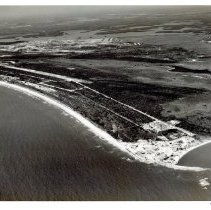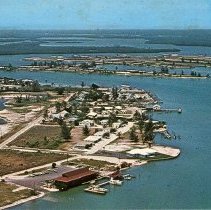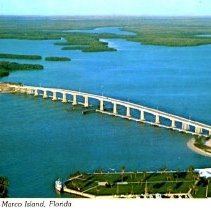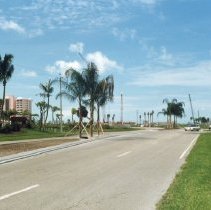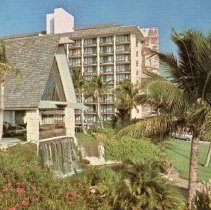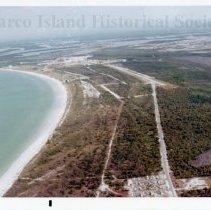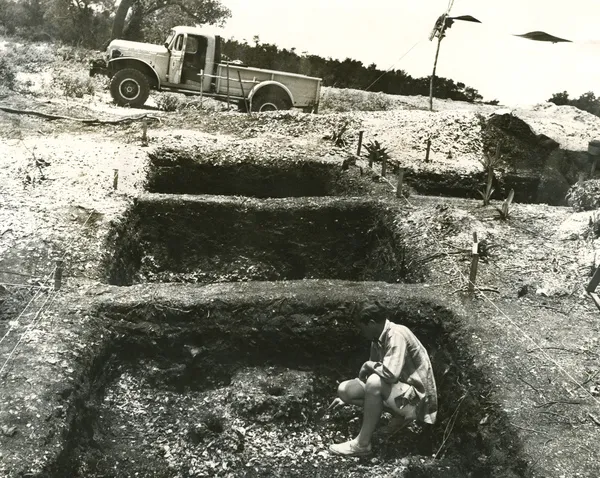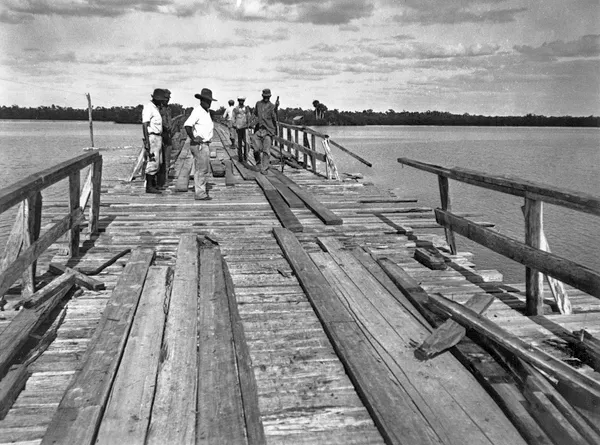Marco Island, the largest of Florida’s Ten Thousand Islands, is a place rich in history, dating back thousands of years. Before it became the tropical paradise known today, the island was home to the Calusa Indians, a powerful and sophisticated civilization that thrived along Florida’s Gulf Coast.
The Calusa: The Island’s First Inhabitants
Long before European explorers arrived, the Calusa people dominated the region. They were known as fierce warriors and expert engineers, building an extensive network of shell mounds, canals, and settlements across the island. One of the most famous artifacts ever discovered here is the Key Marco Cat, a wooden carving found in the late 1800s that gives insight into the artistic and spiritual life of the Calusa.
Spanish Exploration and Early Settlers
In the 1500s, Spanish explorers, including Ponce de Leon, arrived in Southwest Florida. The Calusa fiercely resisted colonization, but European diseases and conflicts eventually led to their decline. By the 1700s, most of the Calusa had disappeared, and the island remained largely uninhabited for many years.
By the 1800s, small settlements began forming, with pioneers fishing, farming, and trading in the region. The first permanent settlers were the Collier family, who played a major role in developing Southwest Florida. The island was named Marco Island in the late 1800s, inspired by Spanish explorer Juan Ponce de Leon’s reference to St. Mark’s Island.
Development and Growth in the 20th Century
Marco Island remained relatively untouched until the 1960s when the Mackle Brothers, a prominent development group, saw its potential. They transformed the island into a thriving community, building roads, canals, and modern infrastructure. This period marked the beginning of Marco Island as a sought-after destination for visitors and residents alike.
Marco Island Today
Today, Marco Island is known for its pristine beaches, luxurious resorts, and vibrant wildlife. It maintains a balance between development and nature, preserving its rich history while welcoming those who seek relaxation and adventure. From its ancient Calusa roots to its modern-day appeal, Marco Islandss story is one of resilience, transformation, and beauty.
The Evolution of Marco Island’s Business Community
Marco Island’s business history is a story of transformation from a small fishing and trading outpost to a thriving tourism and commerce hub. In its early days, businesses on the island were simple and practical, catering to the needs of local fishermen, farmers, and settlers. Small general stores, fish markets, and trading posts were among the first businesses, supporting the island’s isolated but resourceful community.
In the mid-20th century, as development surged, Marco Island’s business landscape began to shift. The Mackle Brothers large-scale development in the 1960s brought roads, infrastructure, and an influx of new residents and visitors. This sparked the rise of hospitality-driven business, hotels, restaurants, marinas, and real estate agencies catering to tourists eager to experience the island’s tropical beauty. The opening of the Marco Island Marriott (now JW Marriott) in the 1970s was a turning point, attracting luxury travelers and setting the stage for high-end tourism.
By the 1980s and 1990s, local entrepreneurs expanded the business scene, with boutique shops, watersport rentals, fishing charters, and fine dining establishments thriving alongside the island’s resorts. Marco Island’s economy became increasingly tourism-driven, but it also maintained a strong local business community, with family-owned restaurants, independent retailers, and service-based businesses playing a key role.
Today, Marco Island’s business ecosystem is a blend of tradition and innovation. While tourism remains the economic backbone, local businesses have diversified offering unique experiences, eco-tourism ventures, and industry-specific services that cater to both residents and visitors. The island continues to embrace small businesses, fostering a close-knit yet entrepreneurial spirit that reflects the charm and character of this coastal paradise.
Photo Credits & Historical Resources
The historical images featured in this blog are sourced from reputable institutions dedicated to preserving Marco Island’s rich history. Special thanks to the following organizations for their archival contributions:
Marco Island Historical Society (MIHS) Extensive collection of historical photographs and artifacts documenting the island’s past. Visit their digital archive at themihs.pastperfectonline.com.
Naples Daily News Archive A collection of historic Marco Island photographs showcasing life in past decades. Explore their gallery at naplesnews.com.
Marco Island Historical Museum Part of the Collier County Museums, preserving the island’s heritage through exhibits and archival materials. Learn more at colliermuseums.com.
These resources provide a glimpse into Marco Island’s fascinating past and are invaluable for anyone interested in learning more about its history.


